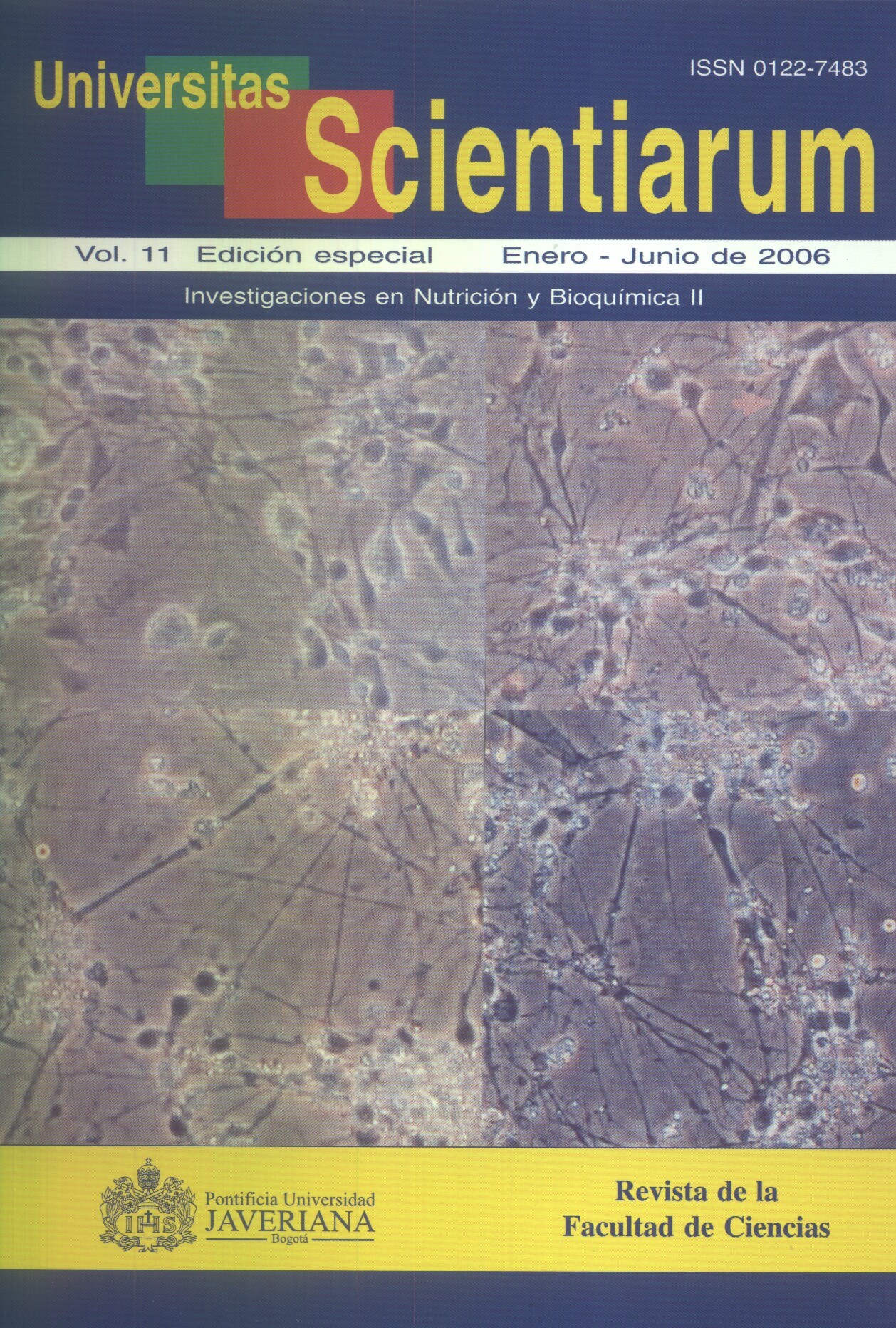Abstract
Este trabajo presenta la propuesta de que una molécula, de relativo reciente conocimiento: el receptorio notrópico de glutamato activado por N-metil-D-aspartato (iGluR-NMDA), es la molécula clave de la conciencia. Esta propuesta que se enmarcaría en lo que se puede llamar un Correlato Molecular de la Conciencia (CMC) va más allá de las propuestas hechas por el premio Nóbel Francis Crick y Christof Koch cuando iniciaron esta ruta de investigación con lo que denominaron el Correlato Neuronal de la Conciencia (CNC) y de la propuesta de Hans Flohr, centrada también en el iGluR-NMDA, pero fundamentada sólo en el papel que éste tiene en los procesos de anestesia. El CMC se justifica en aspectos no considerados hasta ahora como su expresión en corteza cerebral, las modificaciones moleculares subyacentes a los denominados estados alterados de la conciencia (EAC) y las diferencias de composición evidenciadas entre animales y el hombre.Univ. Sci. is registered under a Creative Commons Attribution 4.0 International Public License. Thus, this work may be reproduced, distributed, and publicly shared in digital format, as long as the names of the authors and Pontificia Universidad Javeriana are acknowledged. Others are allowed to quote, adapt, transform, auto-archive, republish, and create based on this material, for any purpose (even commercial ones), provided the authorship is duly acknowledged, a link to the original work is provided, and it is specified if changes have been made. Pontificia Universidad Javeriana does not hold the rights of published works and the authors are solely responsible for the contents of their works; they keep the moral, intellectual, privacy, and publicity rights. Approving the intervention of the work (review, copy-editing, translation, layout) and the following outreach, are granted through an use license and not through an assignment of rights. This means the journal and Pontificia Universidad Javeriana cannot be held responsible for any ethical malpractice by the authors. As a consequence of the protection granted by the use license, the journal is not required to publish recantations or modify information already published, unless the errata stems from the editorial management process. Publishing contents in this journal does not generate royalties for contributors.



